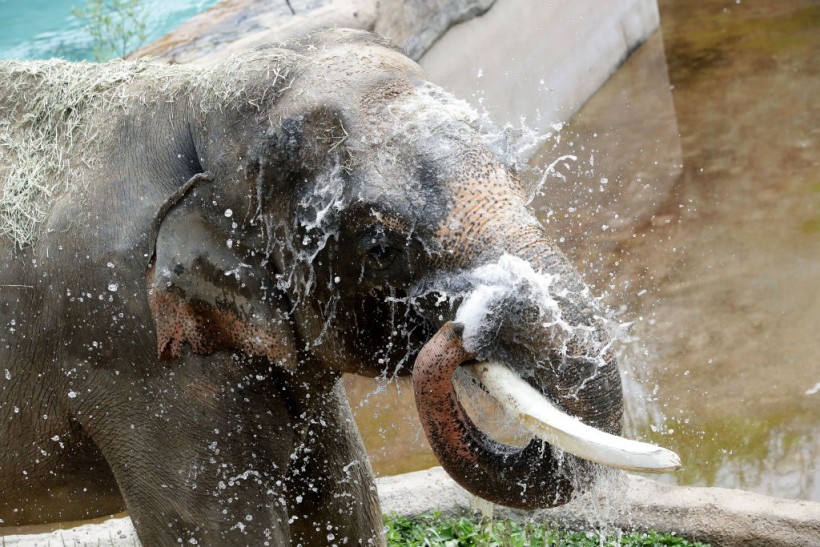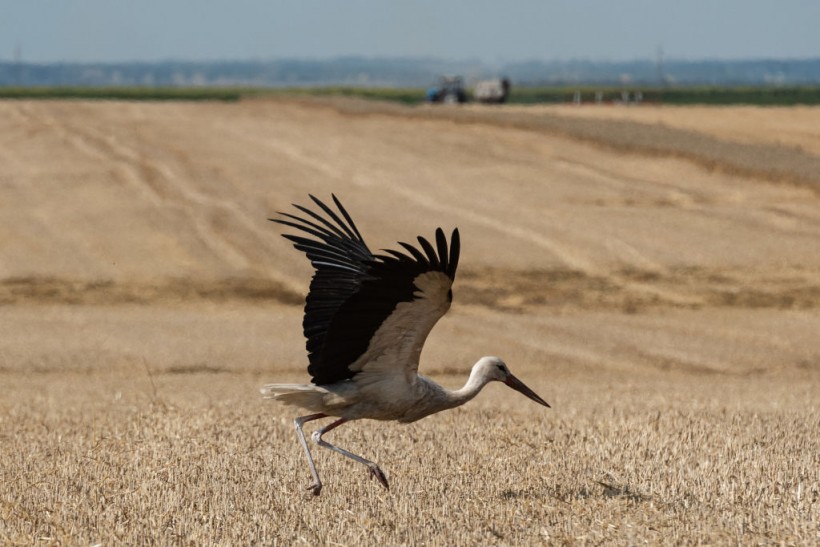According to current maximum projections of future global temperatures, more than 40% of all terrestrial vertebrates may be exposed to severe heat occurrences by 2099, according to research published in Nature.
Numerous species worldwide may be at risk if they are subjected to high temperatures for an extended period of time.

Global Temperature Projections
Compared to historical records, extreme thermal events have become more frequent when the temperature significantly exceeds a historical threshold. This rise is compounded by climate change brought on by human activities.
Future biodiversity would be seriously threatened by the persistence of these temperature spikes, which damage animals and are linked to higher psychological stress, lower reproductive output, and smaller population numbers.
Also Read: Does Evolution Go Backwards? Curious Scientists Try Unlock the Mystery
Previous Studies

Previous analyses of the short-term dynamics of daily heat stress or the harm caused by temperature fluctuation rather than the heat itself have needed to be included in previous work to evaluate the effects of climate change on animals.
Gopal Murali and colleagues used anticipated frequency, duration, and severity of severe thermal events between 1950 and 2099 to map the vulnerability of about 33,600 terrestrial vertebrates to extreme thermal events under different greenhouse gas emissions scenarios.
According to the scientists, in a high emissions scenario (in which temperature is expected to reach 4.4 °C), 41% of species would suffer severe heat occurrences in all three parameters throughout at least half of their geographical range.
This proportion is anticipated to fall to 6.1% for low emission scenarios (warming restricted to 1.8 °C) and 28.8% for intermediate-high scenarios (warming to reach 3.6 °C).
In high emissions scenarios, 55.5% of amphibians and 51.0% of reptiles are predicted to encounter severe heat events, compared to 25.8% of birds and 31.1% of mammals, placing them in the highest danger.
According to Murali and colleagues, reducing greenhouse gas emissions would significantly lessen the impact of high heat on biodiversity.
How Animals Cope with Climate Change
Different methods that animals are coping with climate change exist. Some relocate to cooler locations, such as higher ground or places nearer the poles. Some adjust the timing of important life events, such as breeding and migration, so they happen during cooler periods of the year. Others adjust their body size as they mature to cool off more rapidly.
Ever-Changing
According to researchers, other animal species adapt to climate change by modifying the size of their ears, tails, beaks, and other appendages. According to experts evaluating published material, the size of animals' appendages has been seen to expand in line with climate change and the corresponding temperature changes.
Studies aid the scientific knowledge of how animals will react to climate change. This will help conservationists determine which species are most endangered and need priority conservation attention, in addition to enhancing the ability of the whole world to foresee the effects of climate change.
Related Article: More than 10% of Species Could Face Extinction Threat by the End of the Century
For more biological news, don't forget to follow Nature World News
© 2024 NatureWorldNews.com All rights reserved. Do not reproduce without permission.

![Tsunami Hazard Zones: New US Map Shows Places at Risk of Flooding and Tsunamis Amid Rising Sea Levels [NOAA]](https://1471793142.rsc.cdn77.org/data/thumbs/full/70325/280/157/50/40/tsunami-hazard-zones-new-us-map-shows-places-at-risk-of-flooding-and-tsunamis-amid-rising-sea-levels-noaa.jpg)



